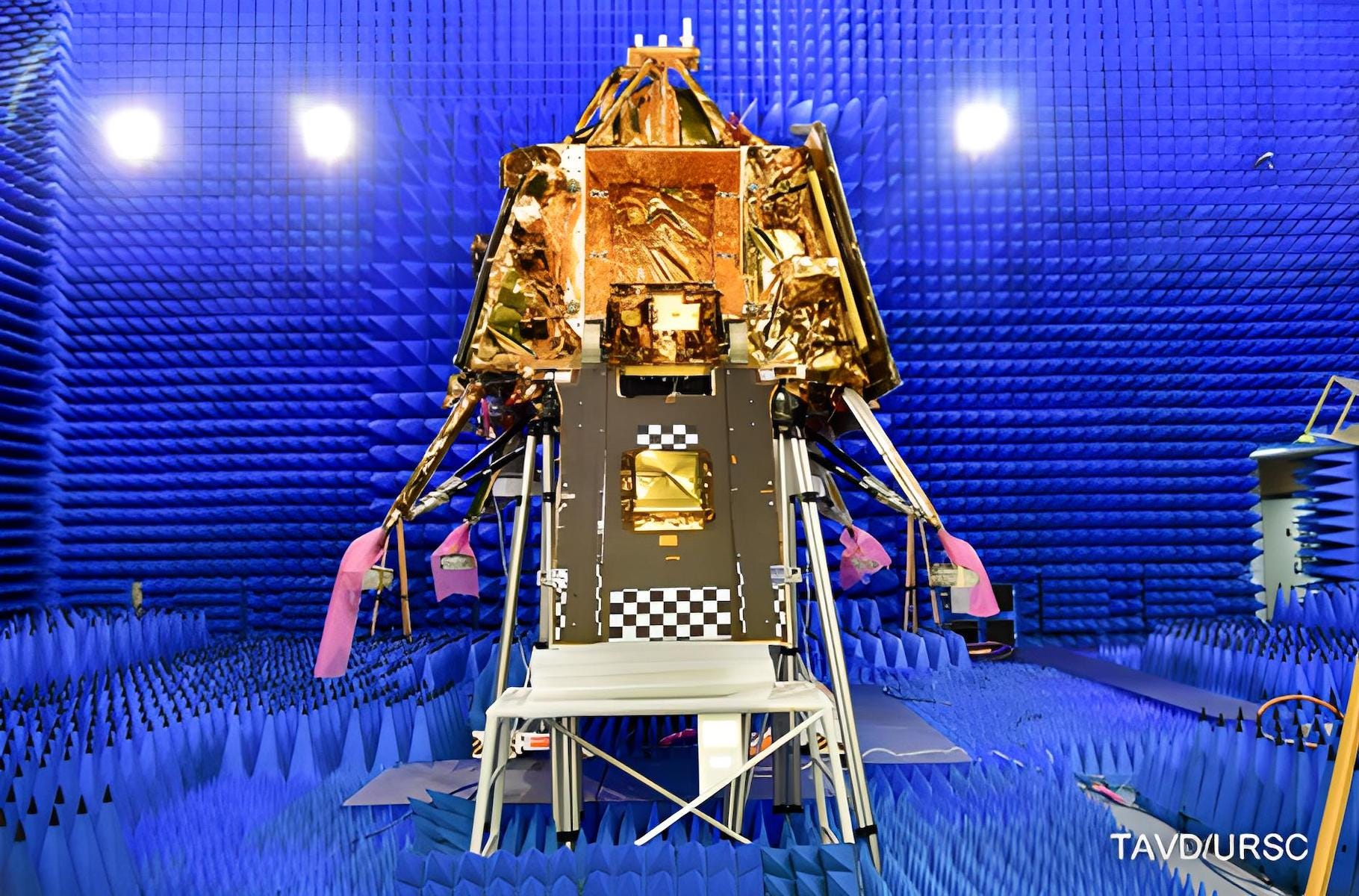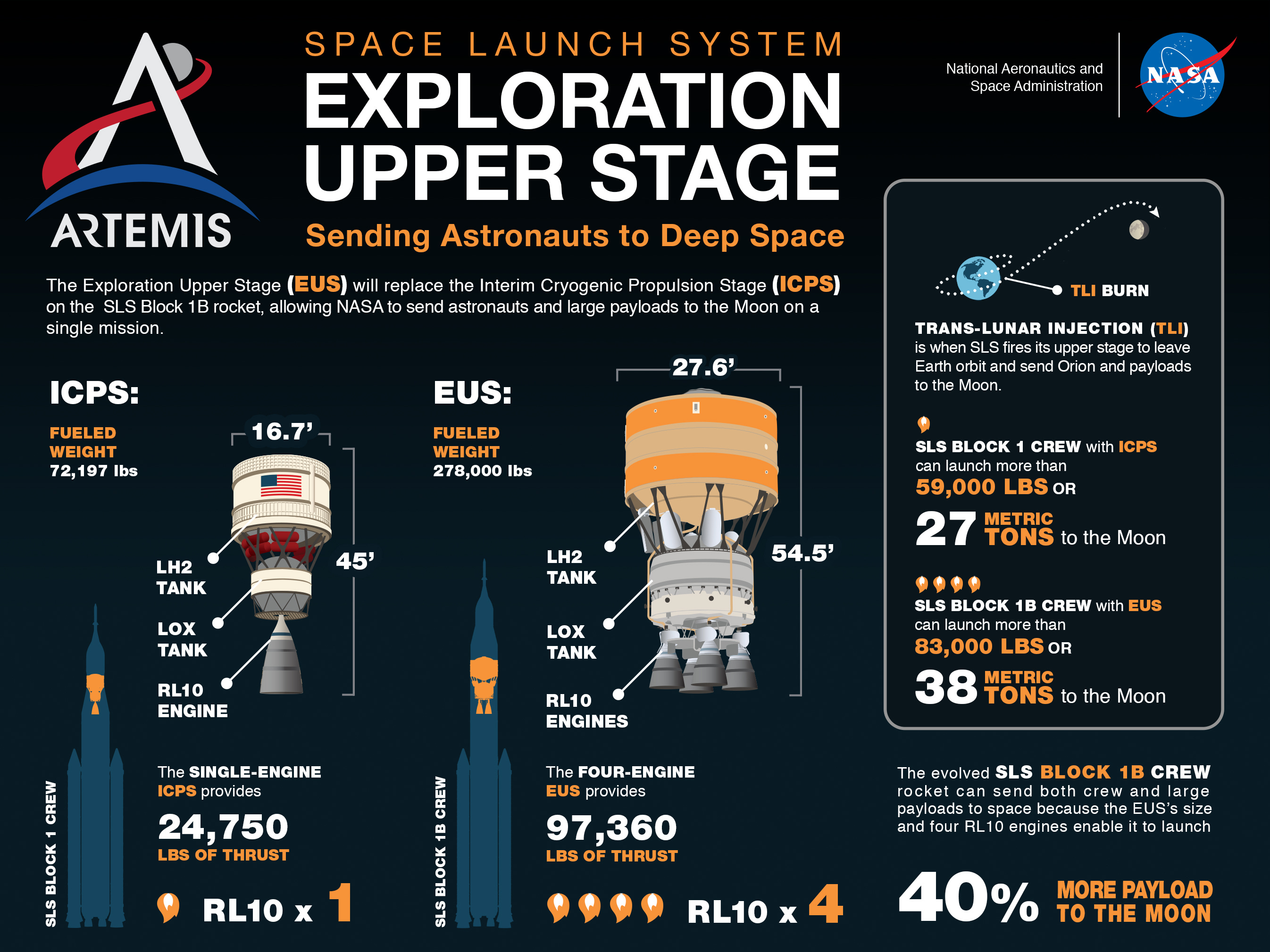Moon Monday #115: Chandrayaan 3 testing, building for upcoming Moon missions, and more
I’m unwell since a week now so this Moon Monday isn’t as detailed as the usual editions. As it turns out, the lunar news cycle too was unusually slow last week so it’s a missed opportunity to have had a feature section on an intriguing topic. In any case, every major new development is mentioned and linked to for your perusal so please bear with me for this edition.
Chandrayaan 3 Moon lander prepping for launch
ISRO’s Chandrayaan 3 lunar lander is undergoing the standard series of space-simulating tests to ensure its nominal functioning during all mission phases once its launches later this year. On February 2, the lander successfully passed electromagnetic interference testing, which checked in the foamy, pointy interiors of a Faraday cage chamber if the lander’s electrical and radio emissions affect the following four key mission elements:
- The lander’s own functioning
- The working of the lander’s ride to space, the GSLV Mk III rocket. The test also checked if the rocket’s emissions themselves would affect the lander’s systems.
- Communications of the lander with the “propulsion module”, which will propel the lander to our Moon post-launch and put it into a 100-kilometer circular polar orbit. During and after landing, the module will relay communications between the lander and ground stations on Earth. (The lander can directly communicate with Earth as well.)
- Communications of the lander with the six-wheeled Chandrayaan 3 rover

NASA and Boeing progress on SLS upper stage
Jeff Foust reports that NASA has repurposed and dedicated a section of its Michoud Assembly Facility for Boeing to build the envisioned enhanced second stage for the SLS rocket. Called the Exploration Upper Stage (EUS), it will fly end of decade starting with Artemis IV and enable the SLS to push about 11,000 kilograms more cargo to lunar orbit than the current peak load of 27,000 kilograms. This will be particularly helpful to add a major element of the agency-led international Gateway lunar orbital station with each such initial launch, such as Artemis IV delivering the station’s ESA- and JAXA-developed advanced habitation module for astronauts. The first milestone task for Boeing at the new facility is to build an EUS test structure before 2025.

NASA has chosen SpaceX’s Falcon Heavy rocket to launch the first two elements of the Gateway—the propulsion and habitat modules—in late 2024 in a pre-docked configuration. What I don’t understand is why wouldn’t NASA choose the Falcon Heavy to also deliver the rest of Gateway’s modules end of decade, or have SpaceX Starships do the job, a vehicle the agency is already trusting to land astronauts on the Moon with both Artemis III and IV.
This isn’t a point against the SLS rocket. Quite the contrary. I’m just saying using the seldom-flying SLS to push Gateway modules to Luna puts said task on the critical path of Artemis astronaut lunar surface missions, which likely limits the capabilities of those missions as well as NASA’s ability to evolve the crewed Orion spacecraft to do things such as bring back more lunar samples. Surely I’m missing something? Are astronauts required to be present to integrate additional Gateway elements?
Many thanks to Epsilon3 for kindly sponsoring this week’s Moon Monday.
More Moon
- After completing the commissioning and testing phase of its instruments and subsystems on February 3, South Korea’s first lunar orbiter KPLO formally started its one-year primary mission to study the Moon’s surface. Equipped with four indigenously built instruments and the NASA-provided ultra-sensitive ShadowCam, KPLO will show us new views of Luna to help plan future missions, including crewed trips to the Moon’s south pole. The $182 million mission comprises the first phase of South Korea’s Moon exploration program. In the second phase, the country plans to launch a fully indigenous Moon lander in 2032.
- A wide, relatively flat-topped mountain in the landing region of NASA’s upcoming VIPER rover mission at the Moon’s south pole has been named Mons Mouton in honor of mathematician and computer programmer Melba Mouton who greatly contributed to NASA missions during the Apollo era.
- On February 8, NASA performed the second hot fire test of the redesigned RS-25 engine to be used on future SLS rocket lunar flights starting with Artemis V. In the first such test on December 14 last year, the engine had shut down early at 209.5 seconds instead of the desired, mission-emulating 500-second run due to an as yet undisclosed reason. NASA says this enhanced RS-25 is built with advanced manufacturing techniques to reduce cost and build time, the former by over 30 percent. Given that the SLS rocket currently costs over $2 billion per flight, and each RS-25 a fiery $146 million, any price reduction is welcome.
- Blue Origin announced on February 10 that it has made solar cells using silicon, iron, and aluminum extracted from a lunar soil simulant, something Lunar Resources also says it has accomplished. Eric Berger notes that this development comes from the Moon-dedicated “Advanced Development Program” at Blue Origin. While undeniably intriguing, the sheer complexity and scale of producing infrastructure on the Moon to power habitats means that at least for a decade from now, NASA’s plans for getting power—solar and nuclear—for surface activities continues to be through the annoying tradition of pulling hardware out of Earth’s gruesome gravitational well.

Even more space creators I recommend
In hopes of forging and enhancing direct connections between readers and individual voices, I recommended some space writers and creators in Moon Monday #105 and #106. Here are some more:
- SpacePolicyOnline by Marcia Smith: She comprehensively covers U.S. space policy and related missions & launches, with an inspiring consistency no less. She also maintains a related Events Calendar of space happenings, streams, and media teleconferences.
- The NewSpace India podcast by Narayan Prasad: He continually captures expert voices from across the Indian space landscape to provide deep perspectives on India’s space missions, projects, and policies.
- Mark Robinson has been writing—for over a decade—intriguing blog posts on the geology of features on the Moon, features as imaged by NASA’s Lunar Reconnaissance Orbiter.
